The truth? A good peel isn’t about how much you shed—it’s about how your skin transforms.
When you hear the words “chemical peel,” what comes to mind?
For many people, it’s dramatic flaking, red skin, and taking time off to hide while it all “peels off.”
But at SPIRAL, we’re here to tell you: peeling isn’t the point.
Thanks to major advancements in acid formulations, application techniques, and skin science, peels have evolved. A modern chemical peel is a powerful tool but the results have nothing to do with how much your skin physically sheds. In fact, if you don’t peel at all? That’s often a great sign.
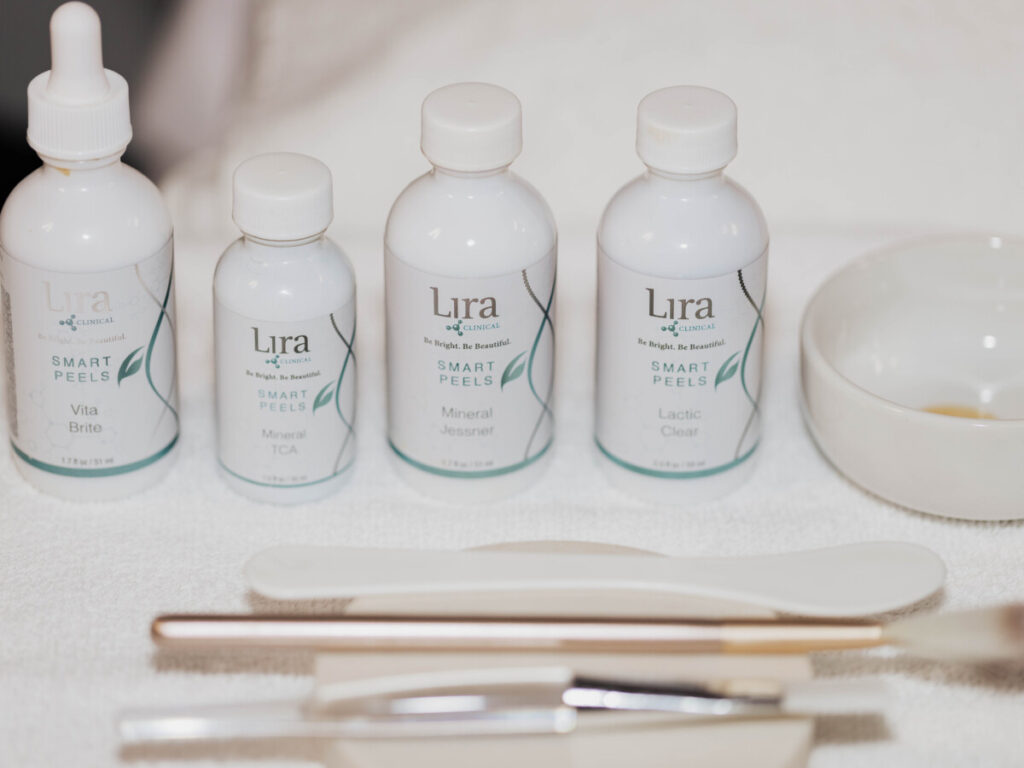
What Does a Chemical Peel Do for Your Skin?
A chemical peel is a skin treatment that uses acids (like lactic, salicylic, mandelic, or TCA) to break down dead skin cells, stimulate cellular turnover, and improve the overall health and appearance of your skin.
But here’s the nuance:
- The type of acid matters.
- The formulation of the peel matters.
- The condition of your skin before the peel matters.
- And the expertise of your esthetician absolutely matters.
When done right, peels address concerns like:
- Pigmentation and dark spots
- Acne and congestion
- Dullness and texture
- Fine lines and visible signs of aging
- Skin tone and overall brightness
Do You Always Peel After a Chemical Peel?
Here’s where the shift happens:
If your skin is well-prepped—meaning you’ve been consistently using exfoliants like retinol, enzymes, or brighteners—there might not be much to physically shed. The dead layer (your stratum corneum) is already refined. The peel can now go deeper, doing more impactful work within the skin rather than sitting on top.
And if you do peel? It doesn’t mean the peel was more effective. It just means your skin had more to remove on the surface.
Flaking is a side effect—not a result.
What we care about is what happens after:
- Smoother texture
- Brighter tone
- More even pigment
- Healthier, more resilient skin
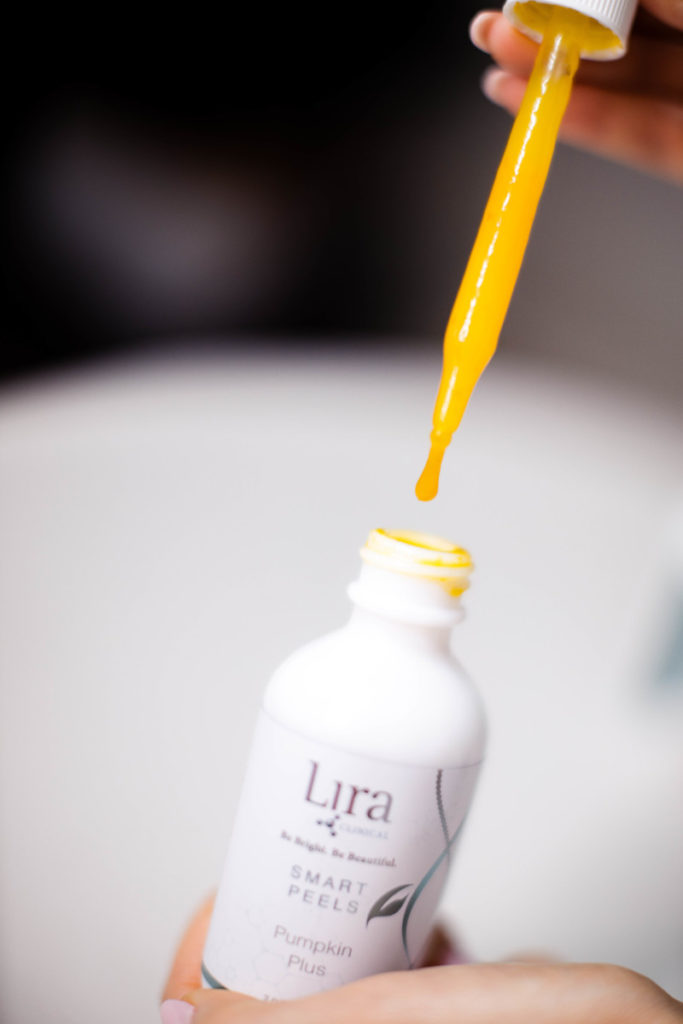
How Many Chemical Peels Do You Need for Results?
A single peel is like one workout—great, but it’s the consistency and strategy that create transformation.
The best results come from working with your esthetician to:
- Prep your skin with the right homecare
- Choose the right acids based on your skin goals
- Space your treatments for maximum effect and healing
- Support recovery with nourishing post-care
At SPIRAL, every peel is part of a bigger picture. Because the goal isn’t to shock your skin into change—it’s to support it into long-term health and visible results.
What Makes a Chemical Peel Effective?
It’s not just the acids—it’s the approach:
- Formulation: Buffered vs. unbuffered acids, timed applications, and how they interact with your unique skin behavior.
- Prep: If your skin isn’t ready, the peel can only do so much. Prepping with consistent retinol use, exfoliation, and brighteners makes a huge difference.
- Post-care: Healing and results go hand-in-hand. Your skin needs proper support afterward to regenerate effectively.
- Expert guidance: Peels are powerful tools. The more your esthetician knows, the more strategic (and less reactive) your results will be.
Who Should Get a Chemical Peel?
Chemical peels are effective for many skin types and concerns, especially if you’re dealing with:
- Acne and congestion
- Sun damage and pigmentation
- Uneven texture and dullness
- Early signs of aging
They may not be recommended if you’re pregnant, breastfeeding, or have highly reactive skin—your esthetician can guide you on the best approach for your skin health.
Ready to Rethink Peels?
If you’ve been nervous to try one, or you’ve had a not-so-great experience in the past, let’s talk. Today’s chemical peels aren’t about downtime or damage—they’re about using science to help your skin function better.
Book a Skin Coaching Session to get started with a plan that’s right for you
Or leave your questions in the comments—we’re here for the skin chats!
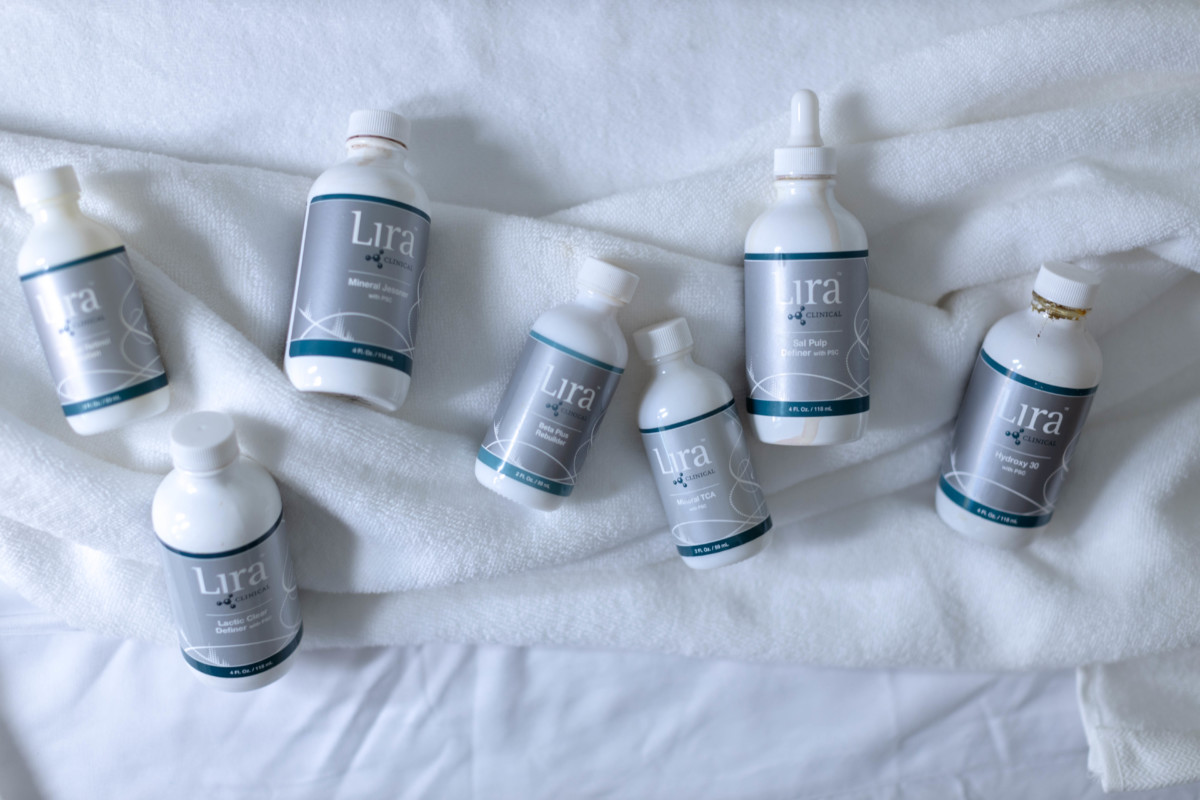
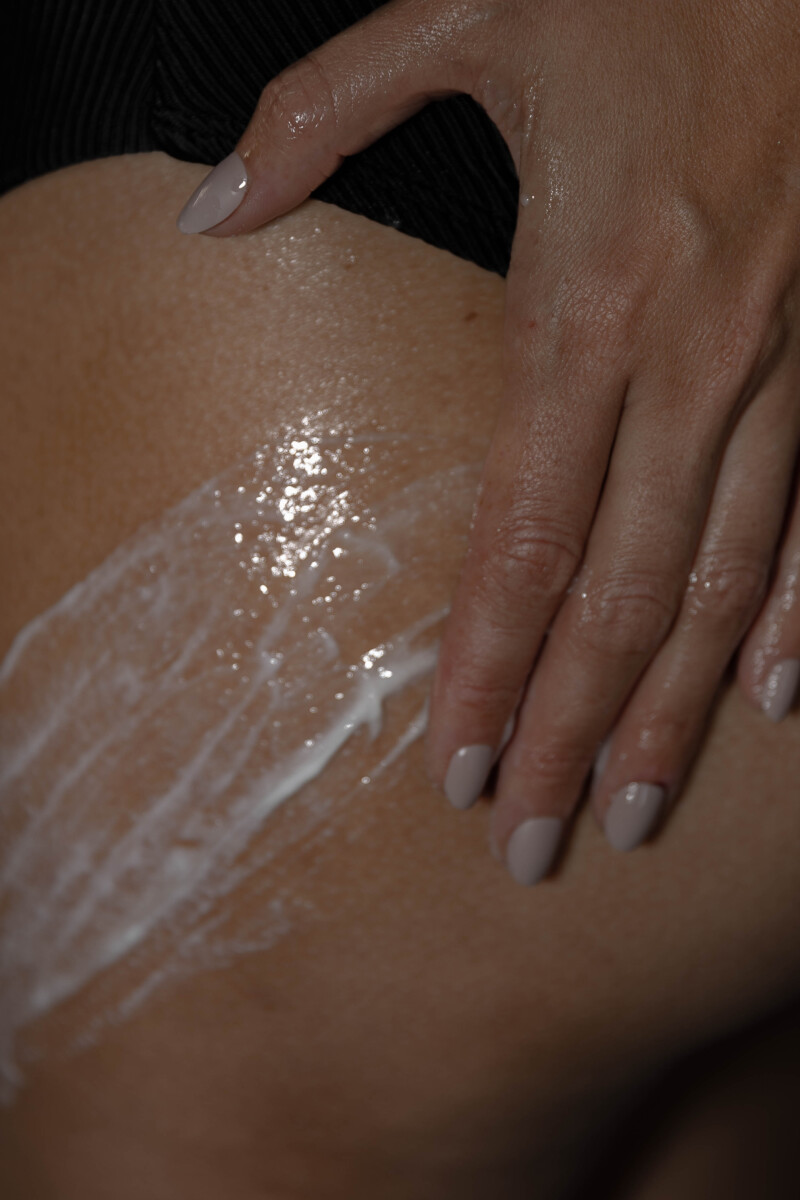
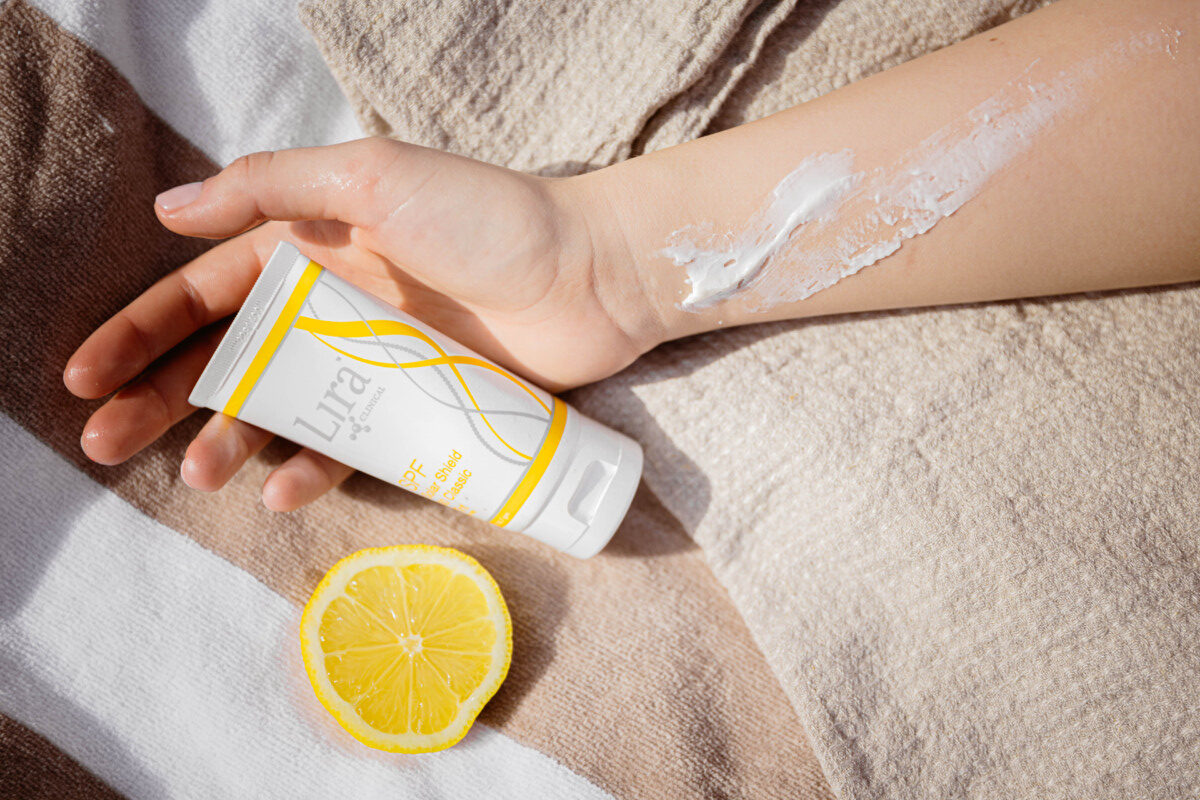
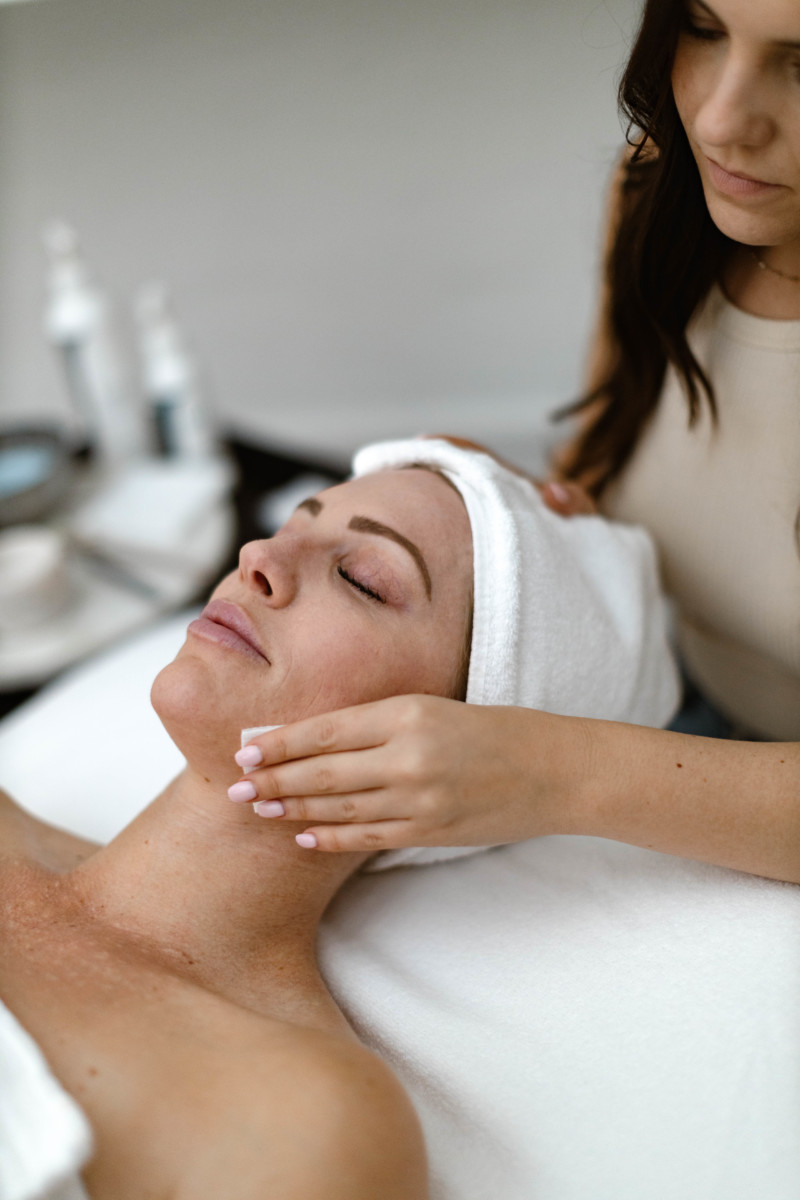

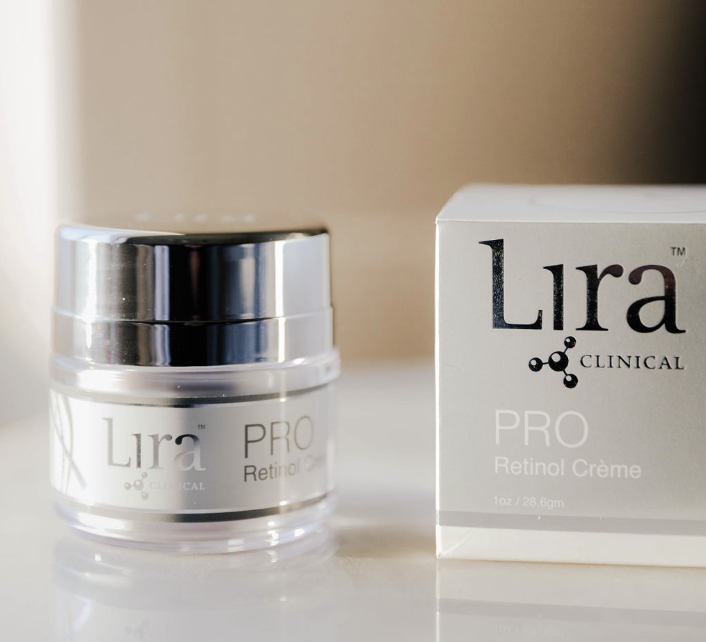
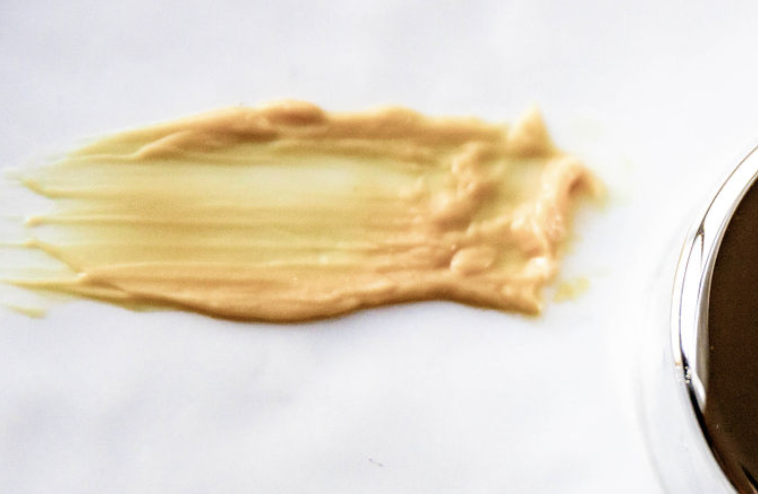
Comments +